Flavors: Pina Colada;
Serving Size: 12.5 Grams;
Servings Per Container: 44;
Bottle Color: White;
Bottle Size: 64 oz;
Lid Color: White

* These statements have not been evaluated by the Food and Drug Administration. This product is not intended to diagnose, treat, cure or prevent any disease.
| Formula Purposes & Benefits |
| Bump Pre-Workout tropical sunrise is synthesized to improve exercise performance, increase muscle protein synthesis, prevent muscle tissue breakdown, increase energy, increase cognition, enhance your pump, and take your workouts to the next level!
Our product is synthesized utilizing the latest scientific research and formulated with optimal ratios of branch chain amino acids to produce world-class results. Our formula is third-party independently tested for heavy metals, impurities, made in the USA, GMP certified, and produced in an FDA registered facility. 1% of the supplements on the market can match our world class standards. |
| Formula Ingredient Deck | Benefits Of Each Ingredient |
| Vitamin B6 pyridoxal 5′-phosphate (PLP) | ● Serves as a cofactor in more than 150 enzymatic reactions associated in blood sugar regulation, immunity, cardiovascular function, neuronal health, metabolic, and digestive health (38, 40).
● Reduces plasma glucose (blood sugar levels) via by inhibiting the activity of small-intestinal α-glucosidases (enzymes associated with glucose metabolism) (39). ● Functions as an antioxidant by counteracting the formation of reactive oxygen species (inflammatory markers) and advanced glycation end-products (38,40). ● May support blood sugar regulation in women with gestational diabetes (40). ● Cofactor for enzymes involved in DNA metabolism (40). |
| Niacin (Vitamin B3) | ● Major B vitamin that supports cardiovascular health by inhibiting hepatic(liver) triglyceride synthesis, reducing very-low-density lipoprotein (VLDL) secretion, and increasing HDL plasma concentrations (9).
● Reduces conversion of VLDL into LDL proteins and serum lipoprotein concentrations in plasma (blood) (9). ● Vital for regulation of gene expression, cell cycle progression, and DNA repair, and cell death (9). ● Supports healthy inflammatory response via antioxidant and anti-apoptotic (prevention of cell death) properties (9). ● Prevents pathologies(diseases) such as Pellagra and reduces prevalence of nervous anorexia, cancer, and crohn’s disease (10, 11). ● Supports sensitization of tumors to radiation via apoptosis (cell death) cascade of tumor mass and improves oxygen delivery to malignant tissues (cancer cells) (12). ● Supports cognitive health by reducing age-related decline of NAD+, increasing quinolinic acid and reducing neuroinflammation (9). ● Increased niacin associated NAD+ levels have been shown to increase neurotransmission, learning and memory (9). ● Niacin reduces the prevalence of neurodegenerative pathologies by preventing mitochondrial dysfunction (9). |
| Caffeine Anhydrous | ● Optimizes energy, cognitive function, and mental alertness. (24).
● Supplementation with caffeine has been shown to acutely enhance exercise performance (24). |
| L-Citrulline Malate | ● Supports cardiovascular health and exercise performance by increasing production of l-arginine (34).
● Increases nitric oxide production, improves exercise performance, and increases blood flow to exercising skeletal muscle (35). ● Supports strength increases, exercise endurance, and recovery (34,35). ● May reduce blood pressure by increasing vascular function (34). |
| Vitamin B-12 (Methylcobalamin) | ● Metabolically active, methylated form of Vitamin B12 needed for proper DNA synthesis, folate cycle function, energy production, cognitive function, and immune health (51,53).
● Aids as an antioxidant via direct scavenging of reactive oxygen species (inflammation), preserving l-glutathione levels (master antioxidant), and reducing oxidative stress (51). ● May prevent vitamin b-12 deficiency diseases such as anemia, neurodegenerative disease, cardiovascular disease, and osteoporosis (53). |
| Creatine Monohydrate | ● Optimizes exercise performance, muscle mass, strength, thermoregulation, recovery, and intramuscular stores of phosphocreatine (PCr) (47).
● Vital for the energy reaction of every cell in the human body as a spatial energy shuttle and energy sensor (47,50). ● Vital in bioenergetics (metabolic activity) of the brain (50). ● Fuels CD8 and CD4 T- cell mediated immunity (immune cells) in cancer tissue (48,49). ● Supports cognition and focus via replenishment of cerebral storage of creatine (creatine in the brain) (50). ● Supports cognitive health in brain creatine deficiency associated neurodegenerative diseases (50). ● Supports cognitive health by enhancing the facilitation of synaptic glutamate and neurotransmitter uptake (50). |
| Vitamin B2 | ● Supports conversion and activation of other B vitamins, red blood cell production and serves as a cofactor for both glucose and fat metabolism (energy production) (92,93). |
| Vitamin B1 | ● Supports aerobic energy metabolism (oxidative phosphorylation), cell growth, optimal neuronal conduction (nerve impulses), and cardiovascular health (94).
● Supports cardiovascular function and aids as a neuroprotective agent in individuals with vitamin B-1 deficiencies (94, 95). |
| Vitamin B5 | ● Supports energy production, cell growth, cell repair, cognitive function, increased hippocampal volume (memory), and optimized bioenergetics (burning of carbohydrates, fat, and protein) (96). |
| Vitamin C | ● Supports immune, cardiovascular, skin, cognitive, fat burning, and digestive health (97, 98).
● Supports immune health via increased oxidant, free radical scavenging, and fueling neutrophilic (immune cell) activity in chemotaxis, phagocytosis, and microbial killing (97,98). ● Supports fat burning by increasing carnitine biosynthesis (molecule required for mitochondrial fatty acid oxidation) (97,98). ● Supports accelerate bone healing after a fracture, increase type I collagen synthesis, and reduce oxidative stress (inflammation) (98). |
| Betaine Anhydrous | ● Supports increased muscle protein synthesis, decreased adipose tissue mass (fat loss), increased creatine synthesis, reduced fatigue from exercise, and improves nitric oxide production (99, 100).
● Supports skeletal muscle hypertrophy by aiding as an anabolic intramuscular Osmolyte (drawing water to muscle cells) (99,100). ● Increases skeletal muscle hypertrophy via increased methionine production and ultimately increased creatine reservoir (99,100). ● Reduces adipose tissue by increasing mitochondrial fatty acid oxidation (fat burning) via increased l-carnitine transport (a molecule that transports to be burned) (99,100). |
| Dynamine | ● Supports increased mood and hippocampal volume (memory) (101). |
| GABA | ● Supports relaxation, positive mood, increased memory, reduced anxiety, blood sugar regulation, and increased growth hormone production (102). |
| Beta Alanine | ● Improves exercise performance, increases nutrient delivery to exercising muscle, and reduces lactate-associated neurological exercise fatigue (15).
● Reduces carnosine (muscle acidity) levels and acts as an intramuscular ph buffer (15). ● Reduces lactate “burn” associated fatigue during extreme exercise (15). |
| Proper Use of This Supplement |
| Suggested Use: As a dietary supplement, take one (1) scoop with 8-12 oz of water. New users may wish to assess tolerance with ½ scoop. |
| Our Formula Vs Other Formulas on the Market
|
|
| 1. Uses third-party independently tested ingredients that are made in the USA, GMP certified, and made in an FDA registered facility. | 1. Source cheap ingredients from heavily polluted soils. Even “organic” supplements not third-party tested have been removed by FDA due to high levels of heavy metals. |
| 2. Utilizes efficacious evidence-based dosages with optimal ratios of amino acids, nootropics, and pump enhancers to support exercise performance and recovery. | 2. Use low amounts of cheap forms of amino acids, nootropics, and pump enhancers that result in poor absorption and muscle growth, recovery, and exercise performance. |
Sources:
- Ueland, P. M., McCann, A., Midttun, Ø., & Ulvik, A. (2017). Inflammation, vitamin B6 and related pathways. Molecular aspects of medicine, 53, 10–27. https://doi.org/10.1016/j.mam.2016.08.001
- Bird R. P. (2018). The Emerging Role of Vitamin B6 in Inflammation and Carcinogenesis. Advances in food and nutrition research, 83, 151–194. https://doi.org/10.1016/bs.afnr.2017.11.004
- Mascolo, E., & Vernì, F. (2020). Vitamin B6 and Diabetes: Relationship and Molecular Mechanisms. International journal of molecular sciences, 21(10), 3669. https://doi.org/10.3390/ijms21103669
- Gasperi, V., Sibilano, M., Savini, I., & Catani, M. V. (2019). Niacin in the Central Nervous System: An Update of Biological Aspects and Clinical Applications. International journal of molecular sciences, 20(4), 974. https://doi.org/10.3390/ijms20040974
- Gentilcore D. (2016). Louis Sambon and the Clash of Pellagra Etiologies in Italy and the United States, 1905-14. Journal of the history of medicine and allied sciences, 71(1), 19–42. https://doi.org/10.1093/jhmas/jrv002
- Kirkland J. B. (2009). Niacin status and treatment-related leukemogenesis. Molecular cancer therapeutics, 8(4), 725–732. https://doi.org/10.1158/1535-7163.MCT-09-0042
- Hoskin, P., Rojas, A., & Saunders, M. (2009). Accelerated radiotherapy, carbogen, and nicotinamide (ARCON) in the treatment of advanced bladder cancer: mature results of a Phase II nonrandomized study. International journal of radiation oncology, biology, physics, 73(5), 1425–1431. https://doi.org/10.1016/j.ijrobp.2008.06.1950
- Guest, N. S., VanDusseldorp, T. A., Nelson, M. T., Grgic, J., Schoenfeld, B. J., Jenkins, N., Arent, S. M., Antonio, J., Stout, J. R., Trexler, E. T., Smith-Ryan, A. E., Goldstein, E. R., Kalman, D. S., & Campbell, B. I. (2021). International society of sports nutrition position stand: caffeine and exercise performance. Journal of the International Society of Sports Nutrition, 18(1), 1. https://doi.org/10.1186/s12970-020-00383-4
- van de Lagemaat, E. E., de Groot, L., & van den Heuvel, E. (2019). Vitamin B12in Relation to Oxidative Stress: A Systematic Review. Nutrients, 11(2), 482. https://doi.org/10.3390/nu11020482
- Romain, M., Sviri, S., Linton, D. M., Stav, I., & van Heerden, P. V. (2016). The role of Vitamin B12 in the critically ill–a review. Anaesthesia and intensive care, 44(4), 447–452. https://doi.org/10.1177/0310057X1604400410
- Shipton, M. J., & Thachil, J. (2015). Vitamin B12 deficiency – A 21st century perspective . Clinical medicine (London, England), 15(2), 145–150. https://doi.org/10.7861/clinmedicine.15-2-145
- Kreider, R. B., Kalman, D. S., Antonio, J., Ziegenfuss, T. N., Wildman, R., Collins, R., … Lopez, H. L. (2017). International Society of Sports Nutrition position stand: safety and efficacy of creatine supplementation in exercise, sport, and medicine. Journal of the International Society of Sports Nutrition, 14, 18. doi:10.1186/s12970-017-0173-z
- Di Biase, S., Ma, X., Wang, X., Yu, J., Wang, Y. C., Smith, D. J., Zhou, Y., Li, Z., Kim, Y. J., Clarke, N., To, A., & Yang, L. (2019). Creatine uptake regulates CD8 T cell antitumor immunity. The Journal of experimental medicine, 216(12), 2869–2882. https://doi.org/10.1084/jem.20182044
- Kazak, L., & Cohen, P. (2020). Creatine metabolism: energy homeostasis, immunity and cancer biology. Nature reviews. Endocrinology, 16(8), 421–436. https://doi.org/10.1038/s41574-020-0365-5
- Ebrahimi, K., Jourkesh, M., Sadigh-Eteghad, S., Stannard, S. R., Earnest, C. P., Ramsbottom, R., Antonio, J., & Navin, K. H. (2020). Effects of Physical Activity on Brain Energy Biomarkers in Alzheimer’s Diseases. Diseases (Basel, Switzerland), 8(2), 18. https://doi.org/10.3390/diseases8020018
- Thakur, K., Tomar, S. K., Singh, A. K., Mandal, S., & Arora, S. (2017). Riboflavin and health: A review of recent human research. Critical reviews in food science and nutrition, 57(17), 3650–3660. https://doi.org/10.1080/10408398.2016.1145104
- Suwannasom, N., Kao, I., Pruß, A., Georgieva, R., & Bäumler, H. (2020). Riboflavin: The Health Benefits of a Forgotten Natural Vitamin. International journal of molecular sciences, 21(3), 950. https://doi.org/10.3390/ijms21030950
- DiNicolantonio, J. J., Niazi, A. K., Lavie, C. J., O’Keefe, J. H., & Ventura, H. O. (2013). Thiamine supplementation for the treatment of heart failure: a review of the literature. Congestive heart failure (Greenwich, Conn.), 19(4), 214–222. https://doi.org/10.1111/chf.12037
- Saedisomeolia, A., & Ashoori, M. (2018). Riboflavin in Human Health: A Review of Current Evidences. Advances in food and nutrition research, 83, 57–81. https://doi.org/10.1016/bs.afnr.2017.11.002
- Ragaller, V., Lebzien, P., Südekum, K. H., Hüther, L., & Flachowsky, G. (2011). Pantothenic acid in ruminant nutrition: a review. Journal of animal physiology and animal nutrition, 95(1), 6–16. https://doi.org/10.1111/j.1439-0396.2010.01004.x
- Carr, A. C., & Maggini, S. (2017). Vitamin C and Immune Function. Nutrients, 9(11), 1211. https://doi.org/10.3390/nu9111211
- DePhillipo, N. N., Aman, Z. S., Kennedy, M. I., Begley, J. P., Moatshe, G., & LaPrade, R. F. (2018). Efficacy of Vitamin C Supplementation on Collagen Synthesis and Oxidative Stress After Musculoskeletal Injuries: A Systematic Review. Orthopaedic journal of sports medicine, 6(10), 2325967118804544. https://doi.org/10.1177/2325967118804544
- Hoffman, J. R., Ratamess, N. A., Kang, J., Gonzalez, A. M., Beller, N. A., & Craig, S. A. (2011). Effect of 15 days of betaine ingestion on concentric and eccentric force outputs during isokinetic exercise. Journal of strength and conditioning research, 25(8), 2235–2241. https://doi.org/10.1519/JSC.0b013e3182162530
- Harty, P. S., Zabriskie, H. A., Erickson, J. L., Molling, P. E., Kerksick, C. M., & Jagim, A. R. (2018). Multi-ingredient pre-workout supplements, safety implications, and performance outcomes: a brief review. Journal of the International Society of Sports Nutrition, 15(1), 41. https://doi.org/10.1186/s12970-018-0247-6
- VanDusseldorp, T. A., Stratton, M. T., Bailly, A. R., Holmes, A. J., Alesi, M. G., Feito, Y., Mangine, G. T., Hester, G. M., Esmat, T. A., Barcala, M., Tuggle, K. R., Snyder, M., & Modjeski, A. S. (2020). Safety of Short-Term Supplementation with Methylliberine (Dynamine®) Alone and in Combination with TeaCrine® in Young Adults. Nutrients, 12(3), 654. https://doi.org/10.3390/nu12030654
- Powers M. (2012). GABA supplementation and growth hormone response. Medicine and sport science, 59, 36–46. https://doi.org/10.1159/000341944
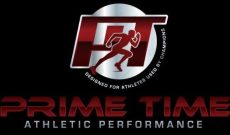
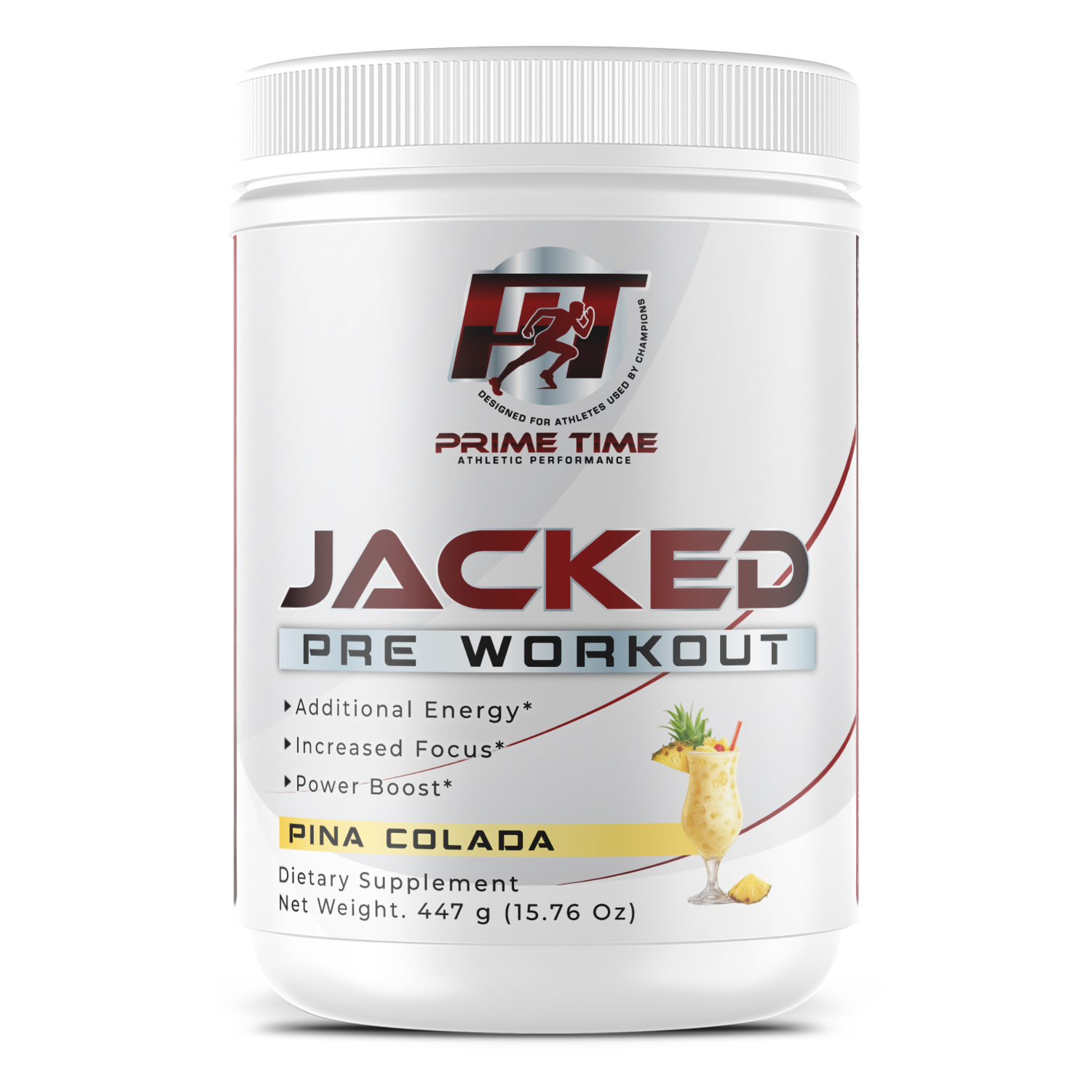
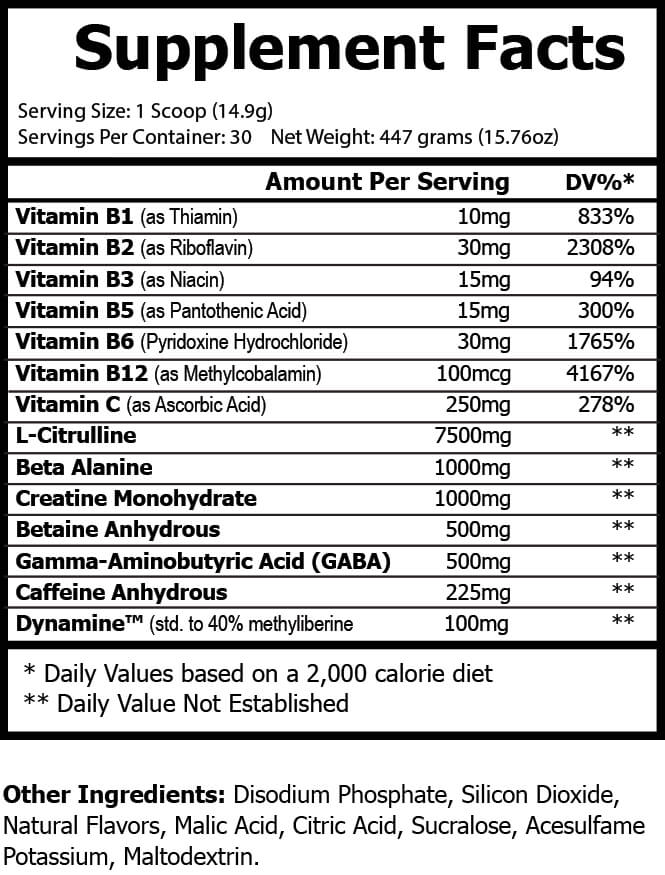
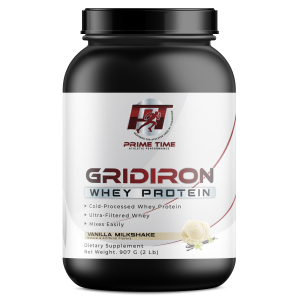
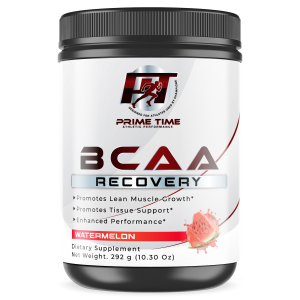
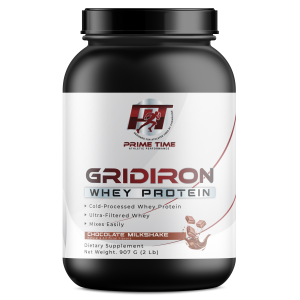
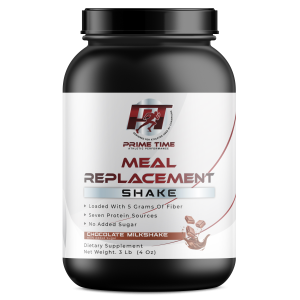
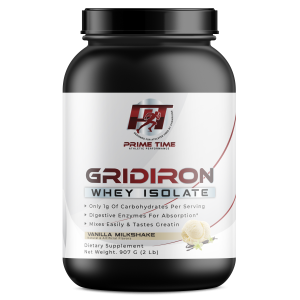
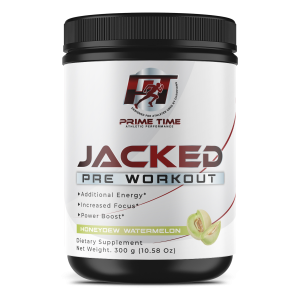
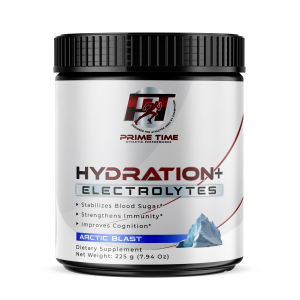
Reviews
There are no reviews yet.